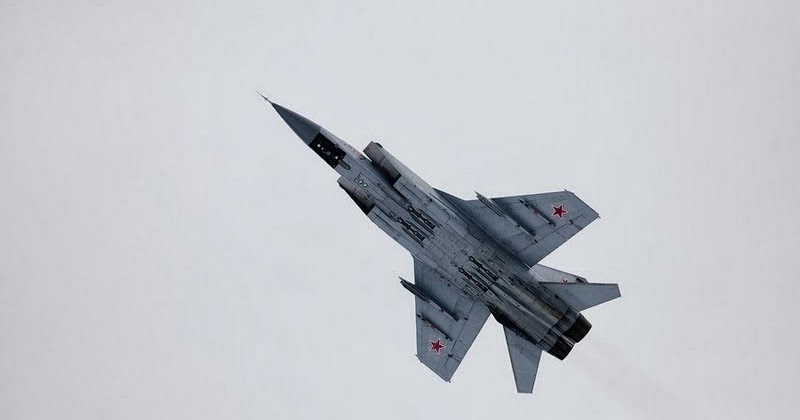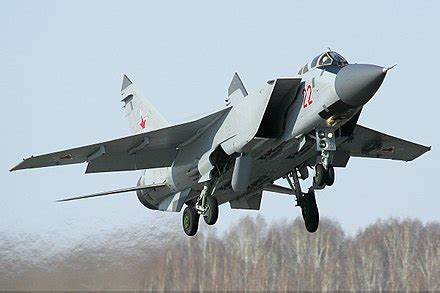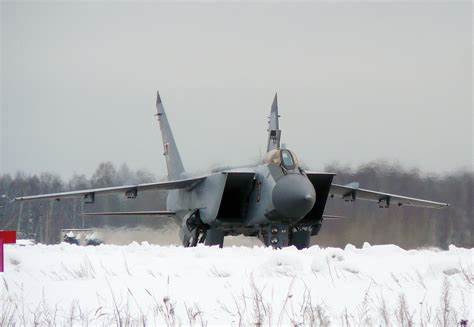
Crafted as a successor to the MiG-25 Foxbat, the MiG-31 Foxhound achieved numerous groundbreaking feats.

Engineered to track down the renowned American SR-71 spy plane, the Foxhound emerged as the swiftest operational combat aircraft globally.

This two-seater military aircraft is highly formidable and stands among Russia’s illustrious fleet of warplanes.

The MiG-31, a brainchild of the Mikoyan Design Bureau, took to the skies for the first time in 1975 as a successor to the MiG-25 Foxbat.

It was engineered to be the world’s fastest operational combat aircraft, boasting capabilities that were ahead of its time.

The Foxhound carried an arsenal tailored to the task.

Its armament included the Vympel R-33E air-to-air missiles.

The MiG-31 also featured short-range R-60MK missiles, Bisnovat R-40TD1 medium-range missiles, and a ferocious six-barrel, 30-mm Ghs-6-23M internal cannon with the potential to unleash 10,000 rounds per minute.

These capabilities made the MiG-31 a daunting adversary for any aircraft that crossed its path, including America’s B-52 Stratofortress and B-1 Lancer bombers.

Originally designed as an interceptor, the Foxhound has been modified for diverse purposes, such as air superiority missions and bombing operations during the Ukraine conflict.

Despite its fuel-intensive nature, due to the Solovyev D-30F6 turbofan shaft engines powering the aircraft to a maximum cruising speed of Mach 1.23.

The practical test of the MiG-31’s capabilities came against the SR-71 Blackbird. Despite the Blackbird’s advanced speed, the MiG-31 demonstrated its prowess by locking onto the SR-71 on at least one occasion.

Captain Mikhail Myagkiy, a Foxhound pilot, recounted an instance on January 31, 1986, when he managed to lock on to an SR-71 at a significant distance, noting that, “Had the spy plane violated Soviet airspace, a live missile launch would have been carried out. There was no practically chance the aircraft could avoid an R-33 missile.”

Following this interception, Blackbirds purportedly conducted their reconnaissance flights from locations beyond the borders of the Soviet Union.

While the Foxhound may not have been the sole reason for the SR-71’s retirement, the Russians exhibited tactics that posed a potential threat to the Blackbird.
Relevant articles:
– Russia’s MiG-31 Foxhound Was Built to Kill the SR-71 Blackbird, The National Interest
– Could a Mig 25 or 31 Shoot Down an SR-71?, thesr71blackbird.com
– How the MiG-31 repelled the SR-71 Blackbird from Soviet skies, The Aviationist

